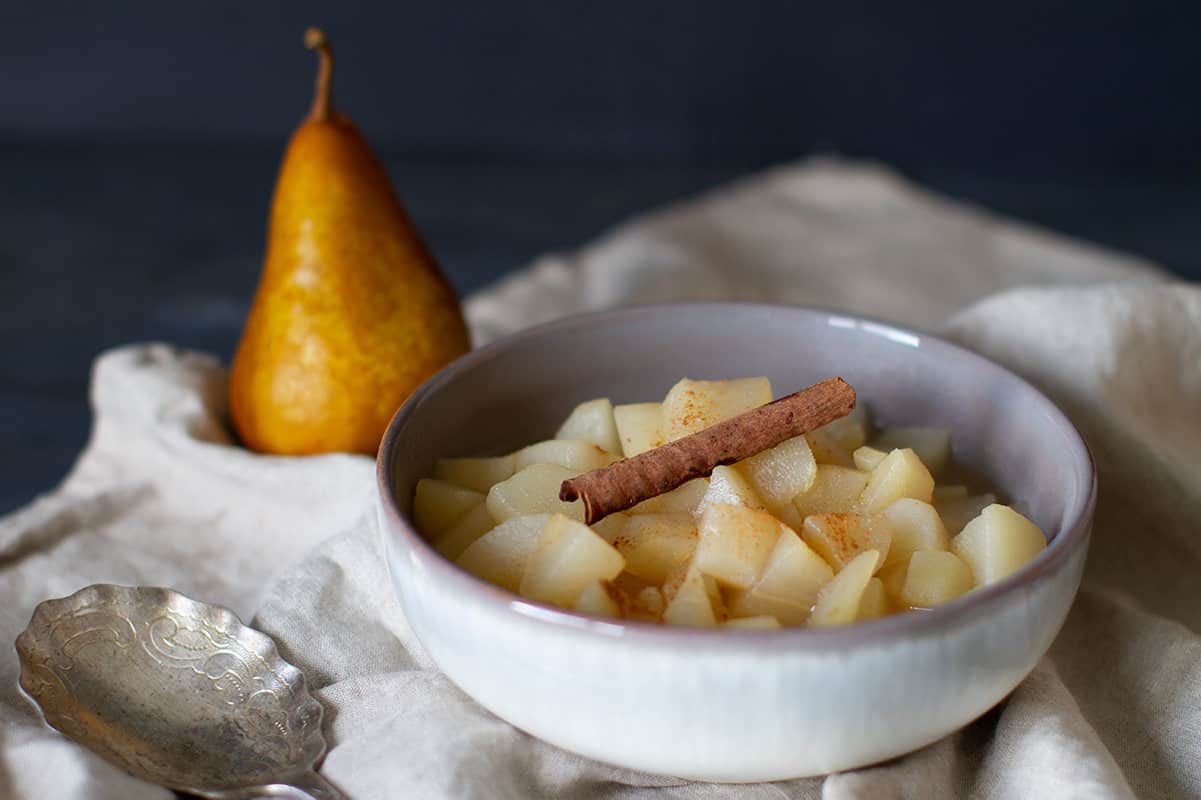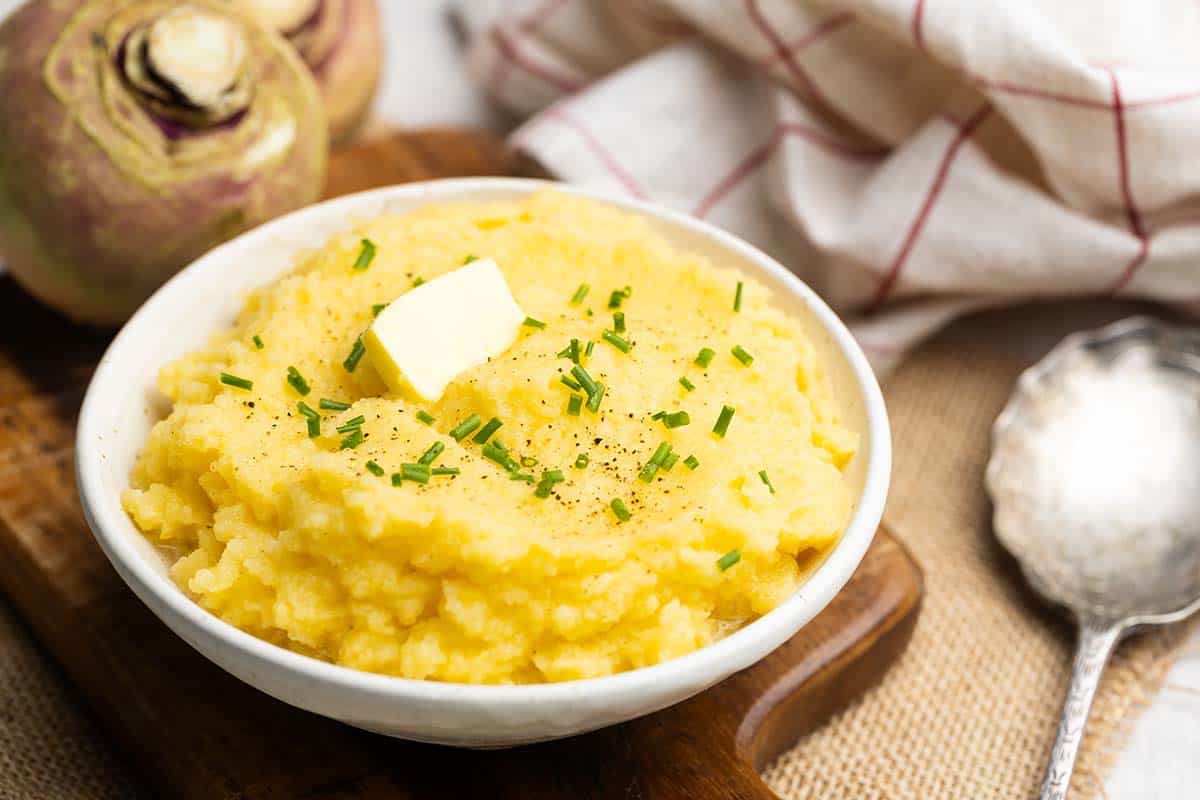Seasonal Food Guide
By choosing in-season produce, you can not only save money but enjoy better flavors, and support local producers while reducing your environmental impact. This comprehensive seasonal food guide covers fruits, vegetables, herbs, meat, and specialty foods, along with 7 reasons why you should embrace seasonal eating. Get ready to savor the season!

7 benefits of choosing seasonal food
- Lower price: Seasonal produce is abundant and readily available, which often leads to lower prices. When fruits and vegetables are in season, there is less need for expensive transportation or storage, reducing costs for consumers.
- Peak freshness: Seasonal food is harvested at its peak ripeness, ensuring maximum freshness and optimal nutritional content. Freshly picked fruits and vegetables are likely to have better texture, color, and flavor compared to those that have been stored for extended periods.
- Peak flavors: In-season produce simply tastes better. It had time to fully develop their natural sugars and flavors, resulting in optimal flavors.
- Nutritional benefits: Fruit and vegetables in season are typically more nutrient-dense since they are harvested closer to their peak ripeness. They are allowed to fully mature on the plant before being picked and tend to have higher levels of vitamins, minerals, and antioxidants.
- Environmental impact: Locally grown fruits and vegetables require less transportation and refrigeration, leading to lower greenhouse gas emissions and a smaller carbon footprint.
- Support local: By opting for seasonal produce you’re able to support local farmers and COOPs. Buying locally grown fruits and vegetables not only boost your local economy, you’ll also strengthen your food security in the event of supply chain disruptions.
- Greater variety: Eating fruits and vegetables in season allows you to enjoy a broad selection of certain produce. Think of all the heirloom tomato varieties that are only available during the peak of the summer or many different types of pumpkins during fall.
Spring
Fruit:
- Strawberries
- Rhubarb
- Cherries
- Apricots
- Pineapple
- Mango
- Avocado
Vegetables:
- Asparagus
- Peas
- Artichokes
- Spinach
- Radishes
- Spring onions
- Fennel
- Arugula / rocket
Herbs:
- Chives
- Mint
- Parsley
Specialties: Spring lamb, young goat, eggs, and gouda cheese.
Explore my most popular spring recipes.

Summer
Fruit:
- Blueberries
- Blackberries
- Elderberries
- Figs
- Boysenberries
- Raspberries
- Nectarines
- Plums
- Peaches
- Watermelon, honeydew melons
Vegetables:
- Tomatoes
- Cucumbers
- Zucchini / courgettes
- Corn
- Bell peppers
- Eggplants
- Beans
- Broccoli
Herbs:
- Basil
- Cilantro / coriander
- Dill
Specialties: Grilled seafood, BBQ meats, venison, ice cream, and feta cheese.
Here are some of my favorite summer recipes.

Fall
Fruit:
Vegetables:
- Pumpkins
- Squash
- Sweet potatoes
- Brussels sprouts
- Beets
- Carrots
- Kale
- Mushrooms
Herbs:
- Sage
- Rosemary
- Thyme
Specialties: Wild game, turkey, pumpkin spice, apple cider, and young wine / Federweisser.
Check out my favorite fall recipes.

Winter
Fruit:
- Oranges
- Grapefruits
- Lemons
- Mandarins
- Pomegranates
- Chestnuts
Vegetables:
- Cabbage
- Cauliflower
- Winter squash
- Kale
- Leeks
- Radicchio
- Swede / rutabagas
- Silverbeet
Herbs:
- Bay leaves
- Oregano
Specialties: Comforting soups, roasted meats, hot chocolate, and mulled wine.
Explore my favorite winter recipes.

